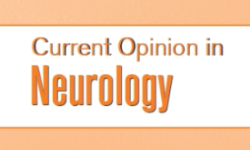
“Severe paediatric epilepsies such as CDKL5 Deficiency Disorder (CDD) are extremely debilitating, largely due to the early-onset and refractory nature of the seizures. Existing treatment options are often ineffective and associated with a host of adverse effects, causing those that are affected to seek alternative treatments.
Cannabis based products have attracted significant attention over recent years, primarily driven by reports of miraculous cures and a renewed public preference for ‘natural’ therapies, thus placing intense pressure on health professionals and the government for regulatory change.
This study provides a comprehensive overview of the potential role for cannabis in the treatment of CDD. Key areas discussed include the history, mechanism of action, efficacy and safety of cannabis based preparations as well as the burden related to CDD.
The evidence supports the use of cannabinoids, especially cannabidiol, in similar forms of refractory epilepsy including Dravet and Lennox-Gastaut syndromes. Evidence for cannabinoids specifically in CDD is limited but growing, with multiple anecdotal reports and an open-label trial showing cannabidiol to be associated with a significant reduction in seizure activity.
This review provides the first comprehensive overview of the potential role for cannabis based preparations in the treatment of CDD and provides justification for further clinical and observational research.”
https://www.ncbi.nlm.nih.gov/pubmed/30771550
https://www.sciencedirect.com/science/article/pii/S0920121118306107?via%3Dihub

 “To review the history, pharmacology, and clinical science of
“To review the history, pharmacology, and clinical science of 





.jpeg) “Approximately one-third of patients with epilepsy presents seizures despite adequate treatment. Hence, there is the need to search for new therapeutic options.
“Approximately one-third of patients with epilepsy presents seizures despite adequate treatment. Hence, there is the need to search for new therapeutic options. 